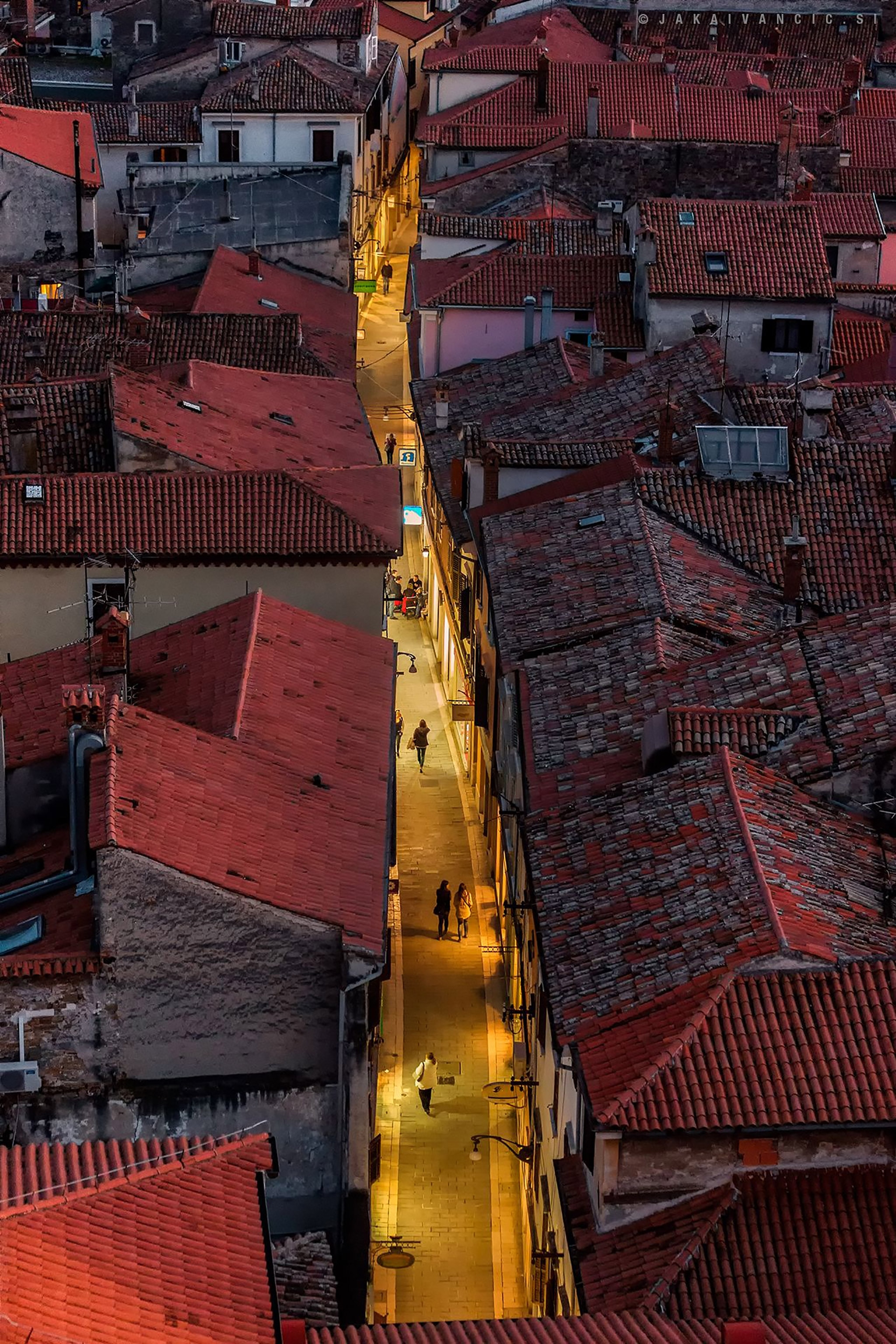Here is Europe's most sustainable country in 20 pictures
Lush forests cover more than half of Slovenia, an Adriatic enclave of surprising biodiversity.
Over the centuries, some of Europe’s most powerful empires—Roman, Byzantine, and Austro-Hungarian, among them—have made their mark on the region that now includes Slovenia. In recent years, this small nation (it’s nearly the size of New Jersey) has commanded an authority of its own as a global leader in conservation. Named the planet’s most sustainable country in 2016, Slovenia has scores of protected reserves and parks across a rolling topography dense with around 22,000 recorded flora and fauna species. More than half the land is covered in forests. (Find adrenaline-inducing adventures in Slovenia.)
“Slovenians have always been closely connected to the land,” says Jana Apih, a partner and founder at Good Place, a Ljubljana-based travel agency and institute dedicated to sustainable tourism. “Throughout history, we were more or less peasants; the land was key to our survival. I usually say we have a green DNA because the worst thing a Slovenian can think of is to destroy nature. That is why nearly 40 percent of Slovenia is under some kind of protection.”
Geographically, Slovenia sits at a juncture where the Eurasian and African plates meet and press upon the Adriatic plate. This tectonic dance forms a unique, layered landscape surrounded by the Alps in the northwest, the Dinarides range in the south, the Adriatic Sea in the southwest, and the Pannonian Plain in the east. Below ground level, nearly half of Slovenia is composed of porous karst leading to a labyrinth of limestone caves.
This geological activity has imbued the tiny country’s sense of community among its population of about two million people and a sense of value for the space it occupies. For travelers, the combination of a can-do spirit and a nationwide respect-the-land mindset means that holidays here include outdoor adventures, farm-fresh meals under nearly every roof, and—an added bonus—excellent wines at almost every vineyard. (This Croatian seaside paradise has made delicious wine for 2,400 years.)
Here are 20 images of an ancient land that is being preserved for future generations.
- National Geographic Expeditions

























